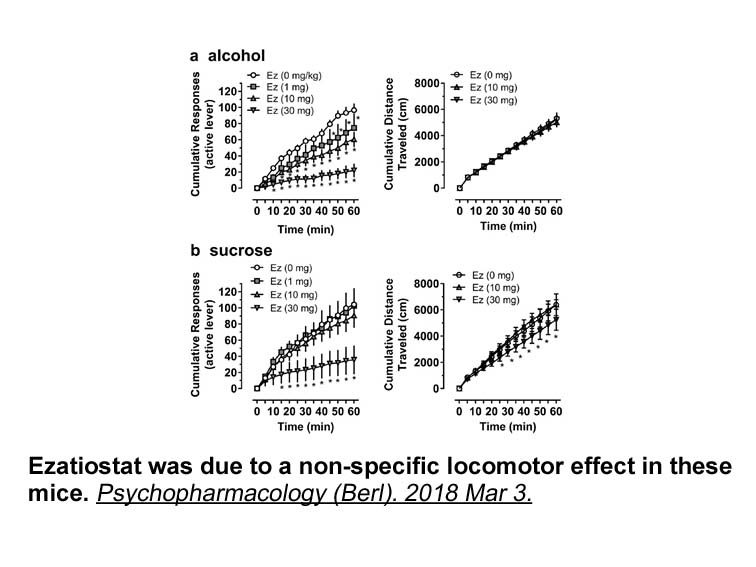Archives
br Combination Effective RAS inhibition which is important f
Combination
Effective RAS inhibition, which is important for W-7 hydrochloride mg control as well for the management of associated illnesses, can be produced through proper selection and dose maintenance and also by the combination with other antihypertensive agents along with continuous monitoring for side effects. In many cases of clinical practice, it is difficult to achieve the target BP level with ARB monotherapy. There are various available combinations of ARBs with one or more drugs belonging to ACEIs, renin inhibitors, beta blockers, calcium channel blockers, diuretics, statins, or hypoglycemic agents. According to the guidelines, the additional use of diuretics in combination with the ARB exerts a synergistic effect not only in potentiating the efficacy but also minimizing the side effects thereby providing adequate BP control and reduction of microalbuminuria. The combination of candesartan or losartan with hydrochlorothiazide (HCT) has provided better BP reduction than using it as a sole medication or than the monotherapy with amlodipine. An evaluation report by Baker et al. [36] suggests that the combination of azilsartan medoxomil plus chlorthalidone has superior efficacy to other ARBs alone or in combination with HCT in cl inical trials with hypertension patients. Combination of ARBs with drugs having another mechanism of action such as metformin would provide additional beneficial effects in terms of glycemic control and reduction of advanced glycation end-products produced in cases of DM. Similarly, combination of ARB with statins can exert more beneficial effects on vascular remodeling thereby preventing vascular diseases such as atherosclerosis. The use of single-pill, triple-combination antihypertensive therapy (renin inhibitor/ARB plus calcium channel blocker plus diuretic) has been shown to be an effective, well-tolerated, and convenient treatment strategy that can help patients achieve BP control [37]. Aliskiren add-on therapy may be beneficial for suppression of renal deterioration and pathological cardiac remodeling through an improvement that is effected in ambulatory BP and HR profiles [38].
inical trials with hypertension patients. Combination of ARBs with drugs having another mechanism of action such as metformin would provide additional beneficial effects in terms of glycemic control and reduction of advanced glycation end-products produced in cases of DM. Similarly, combination of ARB with statins can exert more beneficial effects on vascular remodeling thereby preventing vascular diseases such as atherosclerosis. The use of single-pill, triple-combination antihypertensive therapy (renin inhibitor/ARB plus calcium channel blocker plus diuretic) has been shown to be an effective, well-tolerated, and convenient treatment strategy that can help patients achieve BP control [37]. Aliskiren add-on therapy may be beneficial for suppression of renal deterioration and pathological cardiac remodeling through an improvement that is effected in ambulatory BP and HR profiles [38].
Potential drug interactions
Among available ARBs, losartan has been reported with most drug interactions with cimetidine, phenobarbital, rifampin, fluconazole, fluvastatin, bucolome, and phenytoin. Most of these interactions are of pharmacokinetic nature affecting the metabolism of either of the drugs. Similarly, telmisartan has been reported to interact with digoxin and ramipril, which requires cautious approach and combination of telmisartan with ramipril is not recommended. Mycophenolate mofetil metabolism is increased after telmisartan co-treatment in renal transplant patients [39]. Of note, US-FDA has given recommendation to avoid using ARB or ACEI combination with aliskiren in diabetic or renal disease patients.
Conclusion
Acknowledgments
Introduction
Mercury (Hg) can cause deleterious effects on human health, which depend on the chemical form, amount, route of exposure and differences in vulnerability among exposed subjects (Kim et al., 2016, Nedellec and Rabl, 2016). The cardiovascular system can be a sensitive target affected by acute and chronic exposure to Hg, which can induce inflammation, oxidative stress, atherosclerosis and impairment of vascular function (Rossoni et al., 1999, Wiggers et al., 2008a, Lemos et al., 2012, Solenkova et al., 2014), as well as cardiac disorders derived from diffuse fibrosis, myocardial infarction and contractile dysfunction in rodents (Oliveira and Vassallo, 1992, Vassallo et al., 1996, Moreira et al., 2003, Wang et al., 2015, Kamynsky et al., 2016). In humans, it has been proposed that exposure to Hg is associated with increased blood pressure and heart rate variation (Salonen et al., 2000, Choi et al., 2009, Cabana-Munoz et al., 2015).
Previously we demonstrated in a rat model that chronic exposure to low doses of HgCl2 for 30 days, mimicking the human exposure, produced endothelial dysfunction and increased vascular reactivity in aorta, mesenteric, coronary and basilar arteries, while blood pressure remained unchanged (Wiggers et al., 2008a; Peçanha et al. 2010; Furieri et al., 2011; Rizzetti et al., 2013; Wiggers et al., 2016). Other findings included the increase in the oxidative stress, lipid peroxidation and the reduction in the local and systemic antioxidant defenses, the rise in the vascular protein expression of pro-oxidant enzymes such as NADPH oxidase, the decrease in the nitric oxide (NO) vascular bioavailability, the increment in the vasoconstrictor prostanoids production from COX-2 as well as in the participation of the renin-angiotensin system (RAS) as a consequence of the rise in the vascular angiotensin converting enzyme (ACE) activity (Wiggers et al., 2008a, Wiggers et al., 2008b; Peçanha et al., 2010; Furieri et al., 2011; Wiggers et al., 2016). We have recently shown that all these changes seem to be previous to hemodynamic effects since a longer Hg exposure increased SBP; in addition, this cardiovascular damage may be ameliorated after the cessation of the ongoing exposure related to the reduction of the vascular RAS and oxidative stress, despite the persistence of inflammatory factors (Rizzetti et al., 2017).